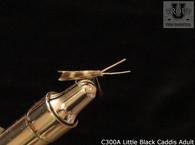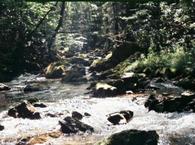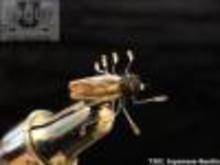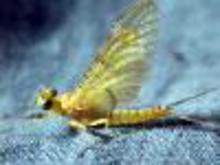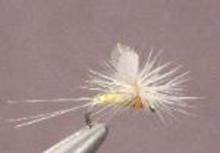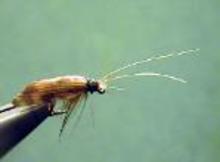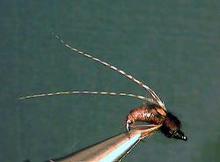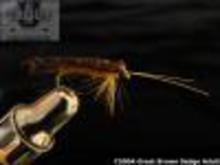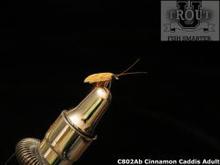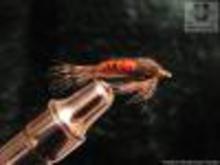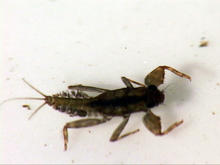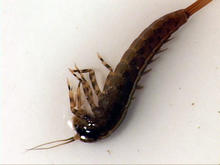Fly Fishing with Terrestrials
This is about the time of the year that my attention turns to terrestrial flies and the spectacular hits that can be had. Webster’s definition of terrestrial is “living on or in or growing from land”. Basically, terrestrial insects are insects that are born on land and remain on land all their life unless they are blown into the water by wind or accidentally get into the water some other way. They probably don't have the intelligence to know that water is dangerous to their well being and just land there by chance as well as anywhere else.



